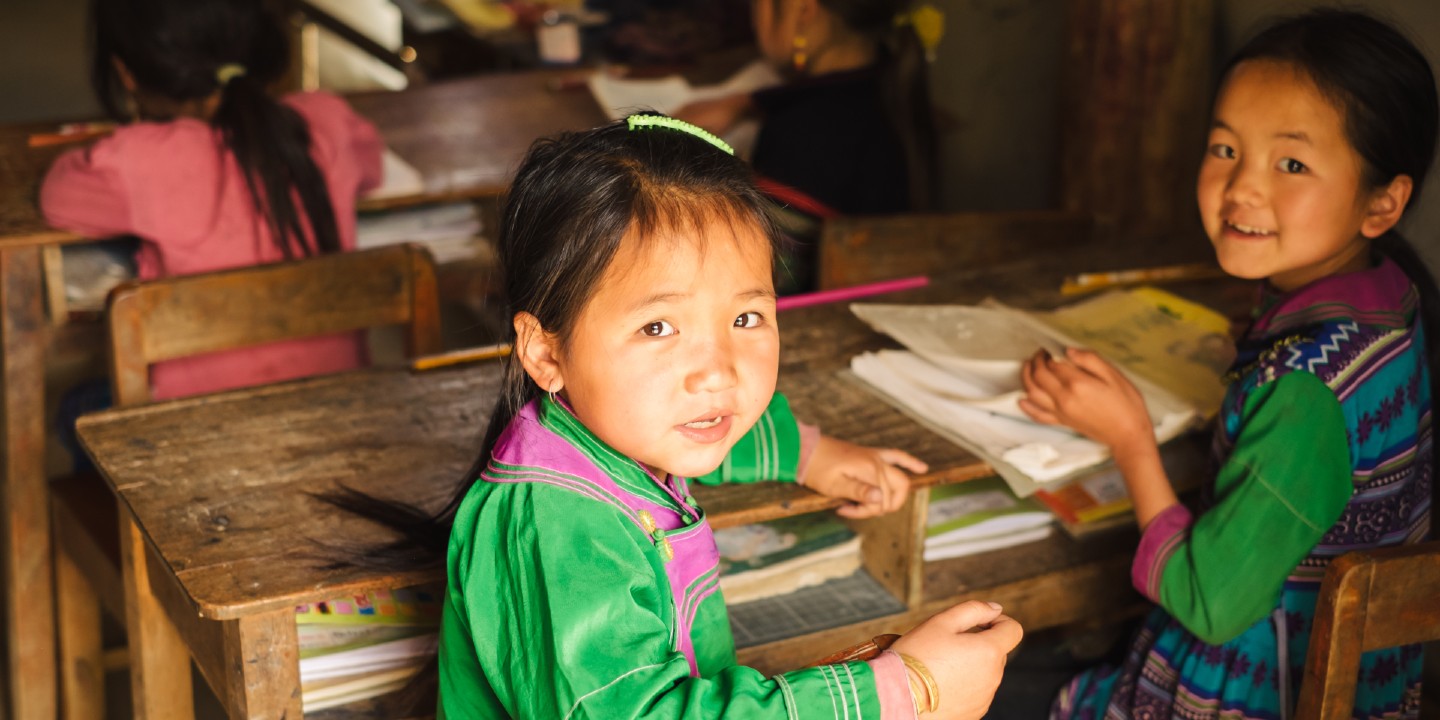
Monitoring progress towards the SDGs
Research 27 Jul 2021 6 minute readThe Global Education Monitoring (GEM) Centre is providing technical support to enable global, regional and national education stakeholders to monitor their progress towards United Nations Sustainable Development Goal (SDG) 4, quality education for all.
Measuring where students are at in their learning is critical for determining whether the world is on track to meet SDG 4. ACER’s contribution to SDG 4 is spearheaded through the work of the GEM Centre, a long-term partnership with the Australian Government’s Department of Foreign Affairs and Trade (DFAT). At the core of the GEM Centre’s contribution is the development of technically sound and internationally comparable learning metrics that enable education stakeholders to align assessment systems with global SDG monitoring and reporting.
The GEM Centre provides technical support to the United Nations Educational, Scientific and Cultural Organization (UNESCO) Institute for Statistics (UIS), which has been mandated to monitor the progress of countries towards SDG 4 through the Global Alliance to Monitor Learning (GAML). Descriptions of Minimum Proficiency Levels (MPLs) in reading and mathematics enable countries to report national or regional level student outcomes at the end of lower primary, primary and lower secondary levels, as required by SDG indicator 4.1.1.
A method for aligning existing assessment program outcomes with the global MPLs has also been developed by the GEM Centre. This quantitative method, involving systematic comparison of items from a variety of assessment programs, allows countries to use their own regional or national student assessment results to report against SDG 4.1.
‘The GEM Centre’s method for aligning existing assessment programs has been successfully used to map the 2019 Pacific Islands Literacy and Numeracy Assessment (PILNA) against Minimum Proficiency Levels in reading and mathematics,’ says Maurice Walker, ACER’s Research Director, Education Policy and Practice.
‘It has also provided technical guidance to align the Southeast Asia Primary Learning Metrics (SEA-PLM) proficiency scales with the MPLs in reading and mathematics, enabling the performance of Grade 5 students in six countries in Southeast Asia to be reported against SDG 4.1.’
The GEM Centre is working to ensure that learning standards are defined and described in a meaningful way for policymakers and practitioners. To this end, the GEM Centre has contributed to the development of expanded descriptions of the MPLs in reading and mathematics for the end of lower primary (SDG 4.1.1a), end of primary (SDG 4.1.1b) and end of lower secondary (4.1.1c) indicators. In 2019 and 2020, the GEM Centre sponsored papers to the GAML, outlining recommendations to modify the definitions of sub-goals.
Advocating for the use of ACER’s learning progressions in reading and mathematics to further define and elaborate the continuous development that underpins the MPLs is central to the GEM Centre’s work. ACER’s learning progressions can be used to define, monitor and report the learning outcomes of school-aged children, from the earliest stages of schooling to the end of middle secondary school.
A common definition of learning underpinned by a common learning progression enables common benchmarks to be established across different contexts. When combined, a common understanding of learning and benchmarks provides the opportunity to define policy targets for learning across contexts and over time, and to understand the learning progress within education systems and classrooms, and of individual children.
Representing the GEM Centre, ACER assessment experts are members of the mathematics and reading working parties convened by the UIS and United States Agency for International Development (USAID), to determine the content of the Global Proficiency Frameworks (GPFs). The GPFs are sets of descriptions of what it means to meet the mathematics and reading levels appropriate for Grade 1 to Grade 9.
ACER’s learning progressions in mathematics and reading have been important tools in shaping the GPFs, as they are based on empirical evidence of student achievement from multiple national and international assessments. Sponsored by the GEM Centre, ACER researchers are part of the Policy Linking coordination group, which meets regularly to monitor and share information about policy linking activities being piloted using the GPFs in several African and Asian countries.
The GEM Centre is providing expert technical support for the setup of the Global Item Bank, an initiative of the UIS. The Global Item Bank is a set of assessment items available to education systems to facilitate linking of national assessments for the purpose of reporting assessment results against SDG 4.1.1. The GEM Centre has developed and donated a large number of mathematics and reading items to the Global Item Bank.
As a member of the GAML taskforce, the GEM Centre is also helping to develop strategies to gather evidence on the literacy and numeracy levels of adults and young people (SDG indicator 4.6.1), to objectively measure outcomes. It is working to set benchmarks for adult literacy and numeracy based on ACER’s learning progressions and to influence the UIS and UNESCO Institute for Lifelong Learning to use formal assessments and observations to monitor progress towards SDG 4.6.
Through a number of important initiatives and close partnerships with global, regional and national education stakeholders, the GEM Centre is supporting progress towards the SDGs and ultimately, helping to improve learning outcomes for children and adults around the world.
Further reading
Learn more about the GEM Centre.
Read the ‘Minimum Proficiency Levels Described, Unpacked and Illustrated’ paper submitted to the GAML.
Read about how the GEM Centre has supported countries in Southeast Asia to report progress towards SDG 4.